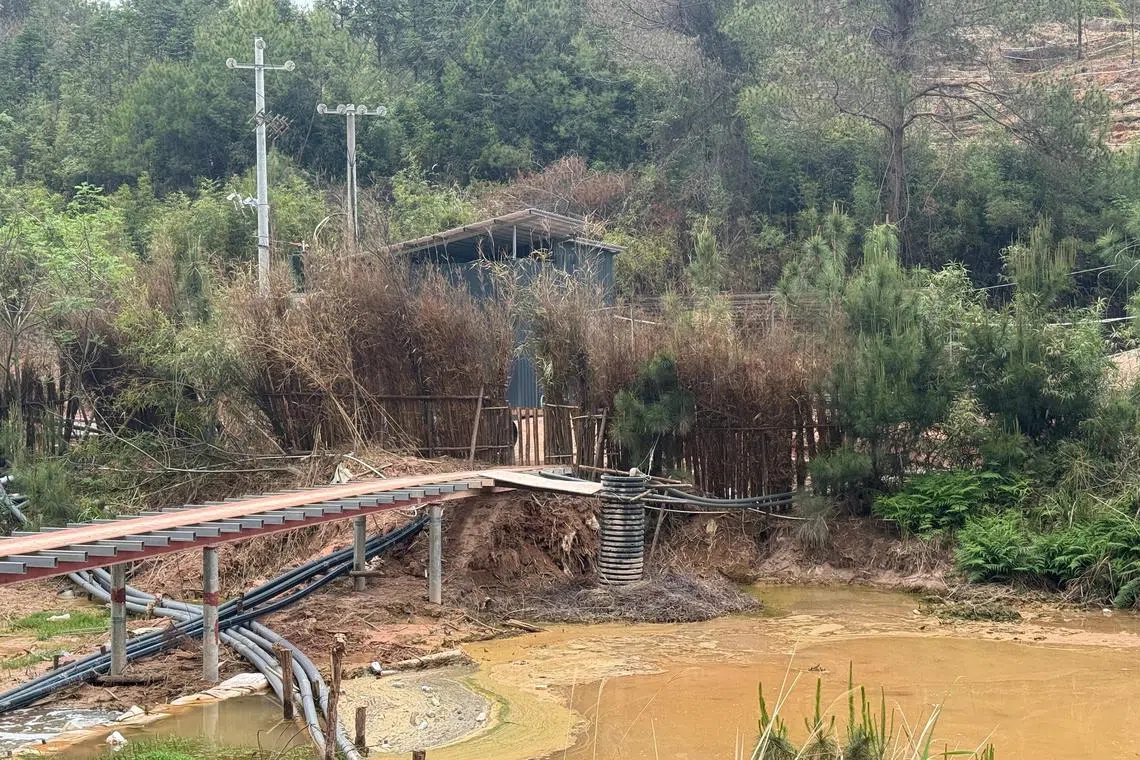For subscribers
Chips won the Cold War; rare earths may win the next
The US is doing too little to close the energy-transition technological gap.
Sign up now: Get ST's newsletters delivered to your inbox

A mine for heavy rare earth metals, the minerals crucial for everything from electric cars to drones, robots and missiles, on the outskirts of Longnan, China.
PHOTO: KEITH BRADSHER/NYTIMES
David Fickling
Follow topic:
In retrospect, the symbolism of the moment was foreboding.
On May 15, 2019, President Donald Trump signed an executive order banning US firms from doing business with Chinese telecommunications companies,

